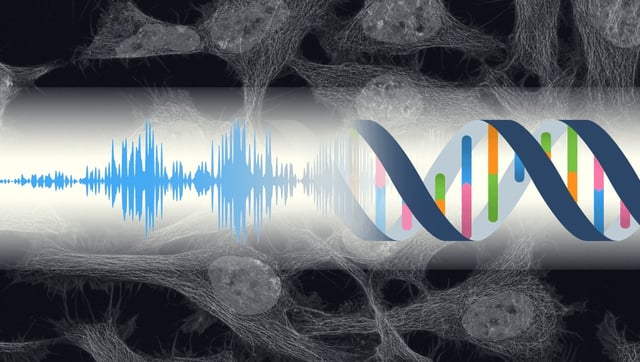Overview
- Kyoto University scientists demonstrated that living cells can directly perceive and respond to acoustic waves without specialized organs like ears or a brain.
- The research identified approximately 190 genes that respond to sound, with gene expression varying based on frequency and duration of exposure.
- Sound waves were shown to suppress adipocyte differentiation, the process by which preadipocytes become fat cells, suggesting potential health applications.
- Researchers uncovered subcellular pathways that transmit sound signals into cellular responses, advancing the understanding of mechanotransduction.
- The findings highlight the promise of noninvasive acoustic stimulation for future therapeutic and healthcare innovations.
